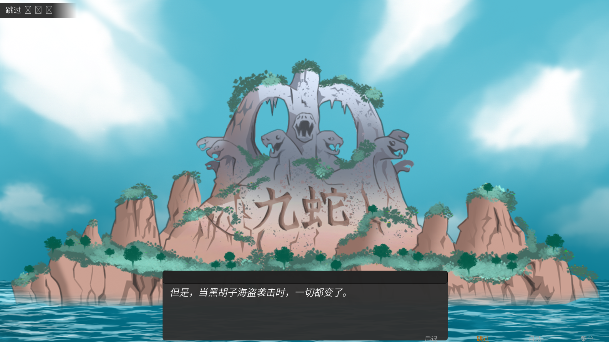

Of course, there is no authority in the Constitution for such regulations.
ONE SLICE OF LUST 4.0 CRACK
Greenhouse, Nursery, and Open-Field IrrigationĮven if you have drained the water out of your irrigation system, some water remains and can freeze, expand, and crack PVC piping (rigid, white pipe). Polyethylene pipe (flexible, black pipe) is used in many freezing climates. Although polyethylene pipe is more flexible and can expand under pressure, water left inside can freeze and rupture the pipe walls. Freezing water in the backflow assembly will damage the internal components and can crack the brass body. To minimize the risk of freeze damage, you'll need to winterize your irrigation system.

ONE SLICE OF LUST 4.0 MANUAL
In areas where winterization is mandatory, irrigation systems are installed using one of three types of water removal: manual drain, auto drain, or blowout. If you don't know your system type, it is best to use the blowout method. Use the manual drain method when manual valves are located at the end and low points of the irrigation piping. To drain these systems, simply shut off the irrigation water supply and open all the manual drain valves. Once the water has drained out of the mainline, open the boiler drain valve or the drain cap on the stop and waste valve (whichever is used in your area) and drain all the remaining water that is between the irrigation water shut off valve and the backflow device. Open the test cocks on the backflow device. If your sprinklers have check valves, you'll need to pull up on the sprinklers to allow the water to drain out of the bottom of the sprinkler body. Depending on the location of the drain valves, there could be some water left in the backflow, the piping, and the sprinklers. When all the water has drained out, close all the manual drain valves.įlow sensors can potentially be damaged by winterization blow out techniques, and should be removed prior to injecting compressed air into the pipes. (P/N 536100) supplied with Hunter FCT fittings to replace the sensor, and seal the pipe during winterization. WARNING! Wear ANSI-approved safety eye protection! Extreme care must always be taken when blowing out an irrigation system with compressed air. Compressed air can cause serious injury, including serious eye injury, from flying debris. Always wear ANSI approved safety eye protection and do not stand over any irrigation components (pipes, sprinklers, and valves) during air blow out. Serious personal injury may result if you do not proceed as recommended! It is best for a qualified licensed contractor to perform this type of winterization method. The blow out method utilizes an air compressor with a Cubic Foot per Minute (CFM) rating of 80-100 for any mainline of 2" or less. These types of compressors can be rented at your local equipment rental yard. Caution: a small shop compressor (1-3 HP) will not have enough "free" air to properly winterize the system. Do not attempt to fully charge the holding tank then release the highly-pressurized air flow into the mainline to compensate for the compressor's lack of CFM. The compressor is attached to the mainline via a quick coupler, hose bib or other type connection, which is located after the backflow device. Compressed air should not be blown through any backflow device. To start the blow out, shut off the irrigation water supply and, with the compressor valve in the closed position, attach the air compressor hose to the fitting. Activate the station on the controller that is the zone or sprinklers highest in elevation and the furthest from the compressor.


Then slowly open the valve on the compressor this should gradually introduce air into the irrigation system.


 0 kommentar(er)
0 kommentar(er)
